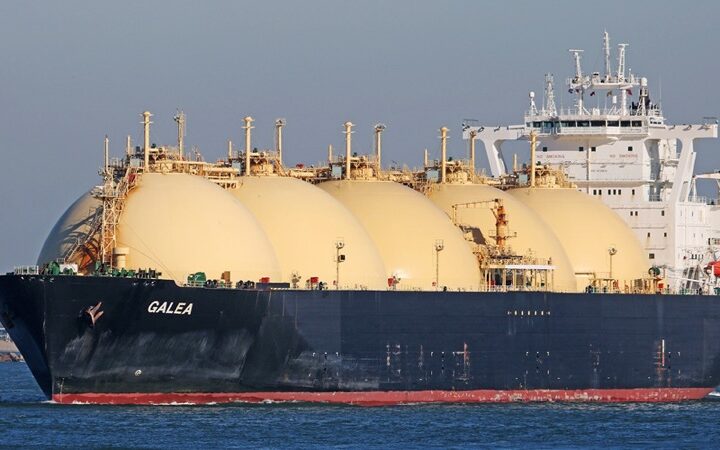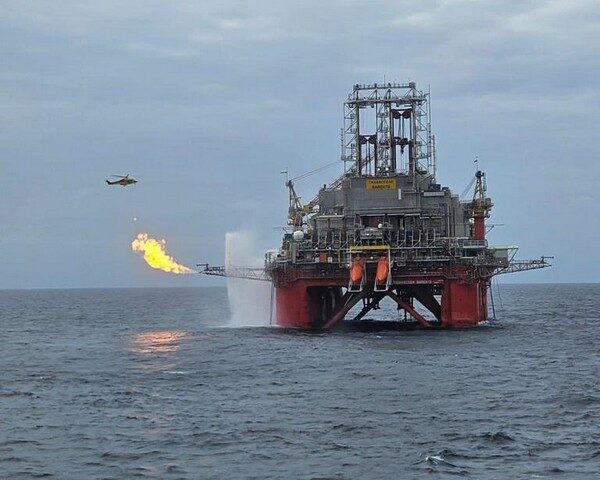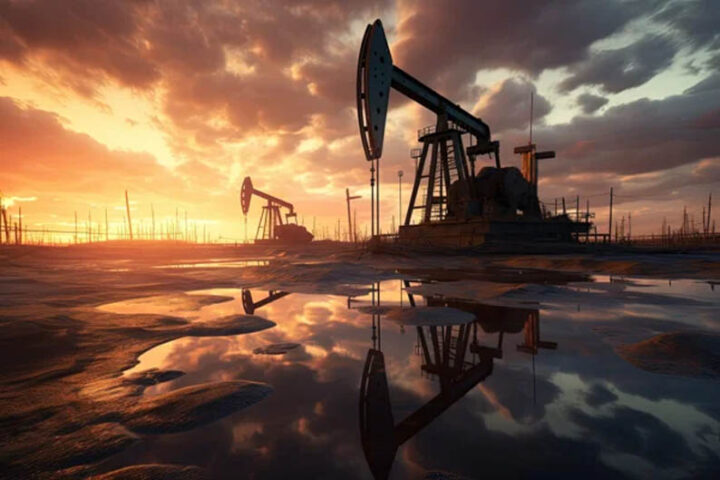.
By Costis Stambolis
Almost a month ago, on October 10, a final intergovernmental agreement was signed in Istanbul, in the presence of Russia’s president Vladimir Putin and Turkey’s Tayip Erdogan, for the construction of “Turkish Stream” a huge gas pipeline which will ship, Russian gas across the Black Sea to Turkey’s mainland.
 For Russia this project has acquired a special significance, following the cancellation two years ago of South Stream (following US and EU intervention), as in a political sense it serves as proof of its determination and defiant stance, to move ahead with its own plans for the energy supply of Europe. For president Vladimir Putin and his colleagues in Gazprom, “Turkish Stream” demonstrates in a most explicit manner that Moscow can act independently, completely outside the heavy shadow of European aquis, and bring gas to the European continent even if this is to the far eastern end of Thrace.
For Russia this project has acquired a special significance, following the cancellation two years ago of South Stream (following US and EU intervention), as in a political sense it serves as proof of its determination and defiant stance, to move ahead with its own plans for the energy supply of Europe. For president Vladimir Putin and his colleagues in Gazprom, “Turkish Stream” demonstrates in a most explicit manner that Moscow can act independently, completely outside the heavy shadow of European aquis, and bring gas to the European continent even if this is to the far eastern end of Thrace.
For Turkey, this ambitious project is equally important in strategic terms since it will help show the West – and mainly Europe – that Turkey is capable of implementing key energy projects of its own choice and without any recourse to European funding mechanisms, let alone regulatory approval. For Ankara, this pipeline project has to be seen in context with wider Russian involvement which includes the Russian backed construction of the first nuclear power plant of Turkey at Akkuyu, which signifies a strategically important and far-sighted co-operation between the two countries in the energy sector. It is noted that already 55% of natural gas consumed in Turkey comes from Russia with more than 30% of oil imports too.
In a curious way, Turkish Stream can be viewed more as a political pipeline which helps enhance the two countries’ common “anti-West” strategic re-alignment. Hence, Turkish Stream must be seen in connection with the Nord Stream II pipeline which Gazprom wants to build across the Baltic in order to channel more gas deliveries directly to the European market, via Germany.
In addition to energy, Russia and Turkey have stepped up co-operation in the field of defense, notably in anti-missile defense systems; this aspect of Russia-Turkish co-operation – unless it is a tactical move from the Russian side – is particularly interesting given the bellicose rhetoric exchanged between the two countries less than a year ago, after the Turkish Air Force shot down a Russian bomber at the Turkey-Syria border.
The Turkish Stream project
On the technical side, pipes and spare parts ordered two years ago for the South Stream are expected to be used for Turkish Stream. The construction of the two pipeline strings, each to be provided with 15.75 billion cubic meter (bcm) capacity, will be used to deliver gas both to Turkey and later westwards to the EU, should political conditions allow for additional Russian gas exports to Europe.
The first string will replace Russian gas currently delivered to Turkey via the South Balkan pipeline which crosses Ukraine, and forms part of Moscow’s plan to eventually bypass Ukraine completely in its export routes. The second string will aim towards gas deliveries to Italy, via Greece, given Libya’s erratic gas supply to the Italian market. This brings the Interconnector Greece – Italy (IGI Poseidon) project once again into the foreground, whereas the US promotes the Interconnector Greece – Bulgaria (IGB) that would be fed by a floating LNG terminal situated in the northern Greek port of Alexandroupolis as to reduce Russian gas penetration in the local markets.
Given Europe’s heavy reliance on Russian gas imports which cover almost a third of its needs, corresponding to 50% of total gas imports, Turkish Stream, especially its second string, is of high strategic importance since it signifies Moscow’s move to further reduce (and finally eliminate) Ukraine’s role as a major transit hub.
Gazprom’s clearly expressed target is that by the end of 2019 all of SE Europe’s current gas supply should cease being transported via Ukraine, but will instead be channeled via Turkish Stream through a delivery point in the Greek-Turkey border in a location known as Ipsala. According to this plan, a reverse flow operation is foreseen for the existing South Balkan pipeline which together with other interconnectors will supply some 7.0-8.0 bcm per year currently consumed by Greece, Bulgaria, Serbia and FYROM, whereas the rest, augmented by extra 3.0-6.0 bcm from a Turkish gas basket, could be channeled to Europe via the Greece-Italy Interconnector (IGI) to be constructed in due course.
East Med Gas Supply Plans Upset
As efforts are now being stepped up by Israel, Egypt and Cyprus to exploit the substantial natural gas deposits discovered over the last ten years, which are estimated to exceed 2.0 trillion cubic meters, and place the region on par with the Caspian Sea in terms of gas reserves, the sudden inflow from Russia of gas quantities in the range of 30.0 bcm per year, in excess to some 27.0 bcm already supplied by Gazprom to Botas, poses a clear threat for the development of net export capacity by East Med gas fields.
Turkish Stream’s Botas-bound gas volumes will simply mean that Turkey will have much less need to import gas from Israel, an option currently under consideration and provided that Cyprus will not raise any serious objections, while expectations that extra gas could be channeled to Europe via the much touted East-Med pipeline will be completely squashed, especially given European over supply and the high costs involved.
As plans gradually unfold by all above three East Med countries for the exploitation of signified gas finds in Zohr (Egypt), Leviathan (Israel) and Aphrodite (Cyprus) and bets are placed for the arrangement of sizeable export deals, via pipelines on liquefaction facilities, the very real threat posed by the arrival of sizeable Russian gas quantities in Turkey from 2020 onwards, will cast a heavy shadow on the energy balance of the region. A region where Turkey, by defying all existing strategic and diplomatic alliances, let alone political correctness, is desperately trying to exert its geopolitical leadership.
It appears that Turkey tries to promote its perceived position in the Middle East as the only country that can uphold the political stability and guarantee the energy security of the region. Turkey’s President, Tayyip Erdogan, speaking at the 23rd World Energy Congress on October 11, said that security of the world's energy supply depends on the [Middle East] region and he emphasised that Turkey can provide the most reliable energy corridor.
According to the Turkish President, Turkey has the vision to ensure further the regional energy security through a number of major energy infrastructure projects such as TANAP, the Turkish Stream, the Akkuyu and Sinope nuclear plants, new LNG terminals etc. The question remains though if Europe wants to support Turkey’s transformation into a unique energy hub by putting “all its eggs in the same basket” and if this option ensures the long term energy security for the whole region.
Costis Stambolis is a Financial Mirror correspondent, based in Athens.
cstambolis@iene.gr







